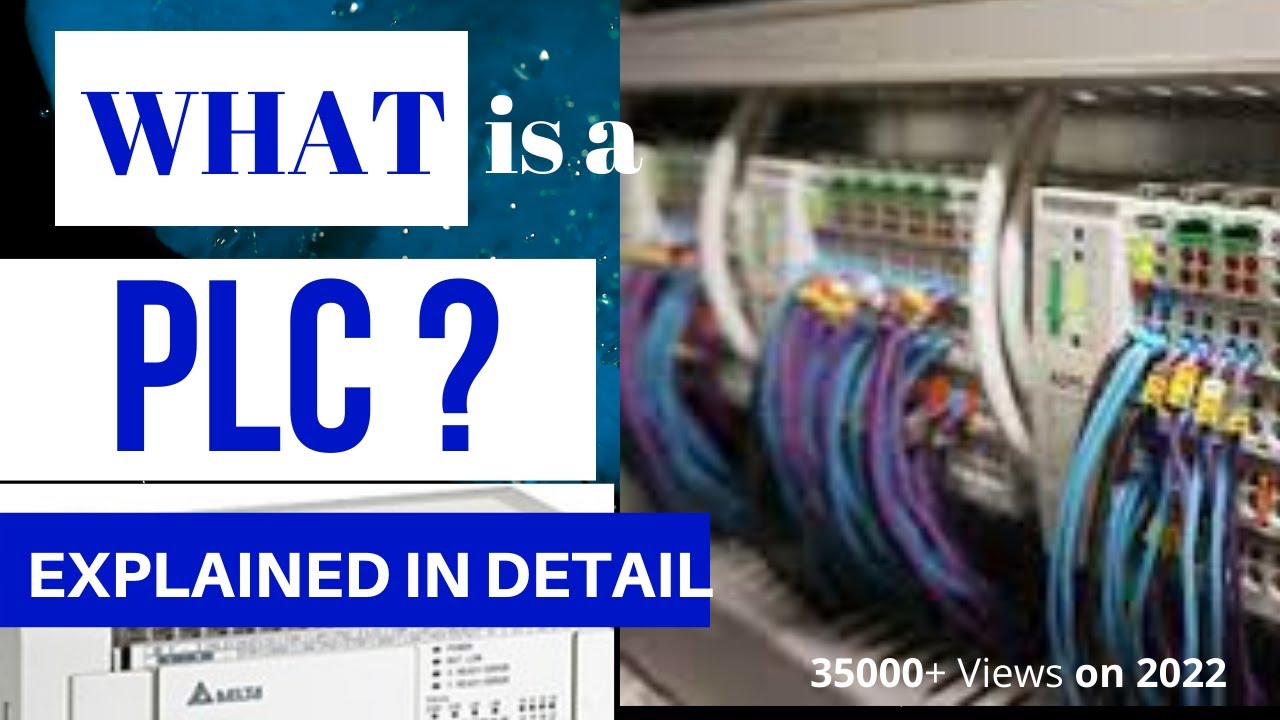Programmable Logic Controllers (PLCs) are industrial computers specifically designed to control machines and processes in manufacturing environments. They are highly reliable, ruggedized devices capable of handling harsh industrial conditions. PLCs have revolutionized automation by providing a flexible and scalable platform for controlling a wide range of industrial processes.
Key Components of a PLC
- Input Module: Receives signals from sensors, switches, and other devices.
- Central Processing Unit (CPU): Executes the PLC program and controls the output modules.
- Output Module: Sends control signals to actuators, motors, and other devices.
- Power Supply: Provides power to the PLC.
- Programming Device: Used to create, edit, and download the PLC program.
PLC Programming Languages
PLCs can be programmed using various languages, including:
- Ladder Logic: A graphical programming language that resembles the ladder diagrams used in relay logic circuits.
- Structured Text: A high-level programming language similar to Pascal.
- Function Block Diagram (FBD): A graphical programming language that uses function blocks to represent different operations.
- Sequential Function Chart (SFC): A graphical programming language that represents the sequence of operations in a process.
Applications of PLCs
PLCs are used in a wide range of industries, including:
- Manufacturing: Controlling assembly lines, packaging machines, and other industrial processes.
- Process Control: Regulating temperature, pressure, and flow in chemical plants, refineries, and power plants.
- Building Automation: Controlling HVAC systems, lighting, and security systems in buildings.
- Material Handling: Controlling conveyors, robots, and other material handling equipment.
- Food and Beverage Processing: Controlling food and beverage production processes.
Benefits of Using PLCs
- Flexibility: PLCs can be easily reprogrammed to adapt to changing production requirements.
- Reliability: PLCs are designed to operate in harsh industrial environments and are highly reliable.
- Scalability: PLCs can be scaled up or down to meet the needs of different applications.
- Integration: PLCs can be easily integrated with other automation components, such as sensors, actuators, and human-machine interfaces (HMIs).
- Cost-Effective: PLCs can be a cost-effective solution for automating industrial processes.
In conclusion, PLCs have become an essential component of modern industrial automation. Their versatility, reliability, and scalability make them ideal for controlling a wide range of processes in various industries.
